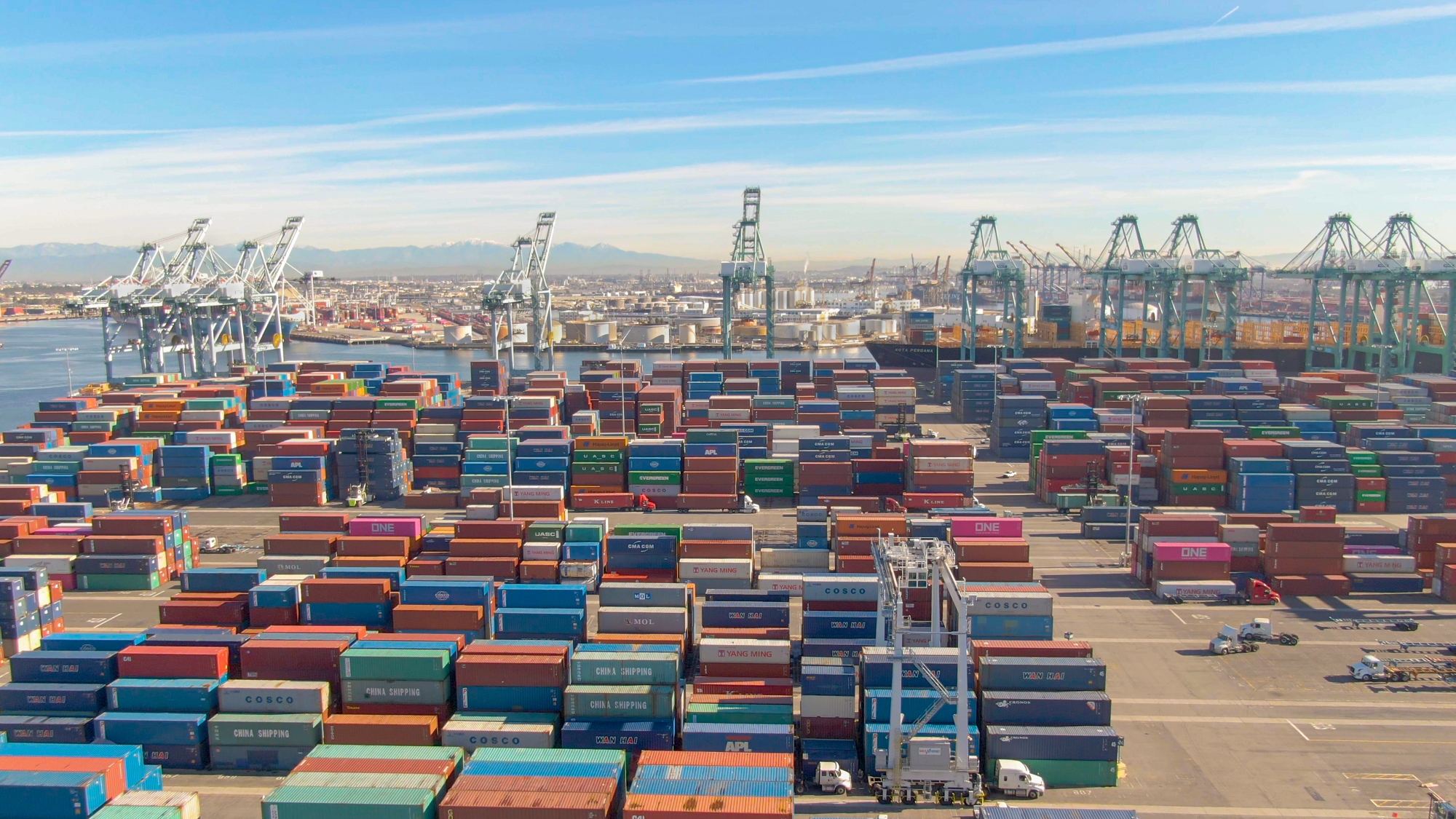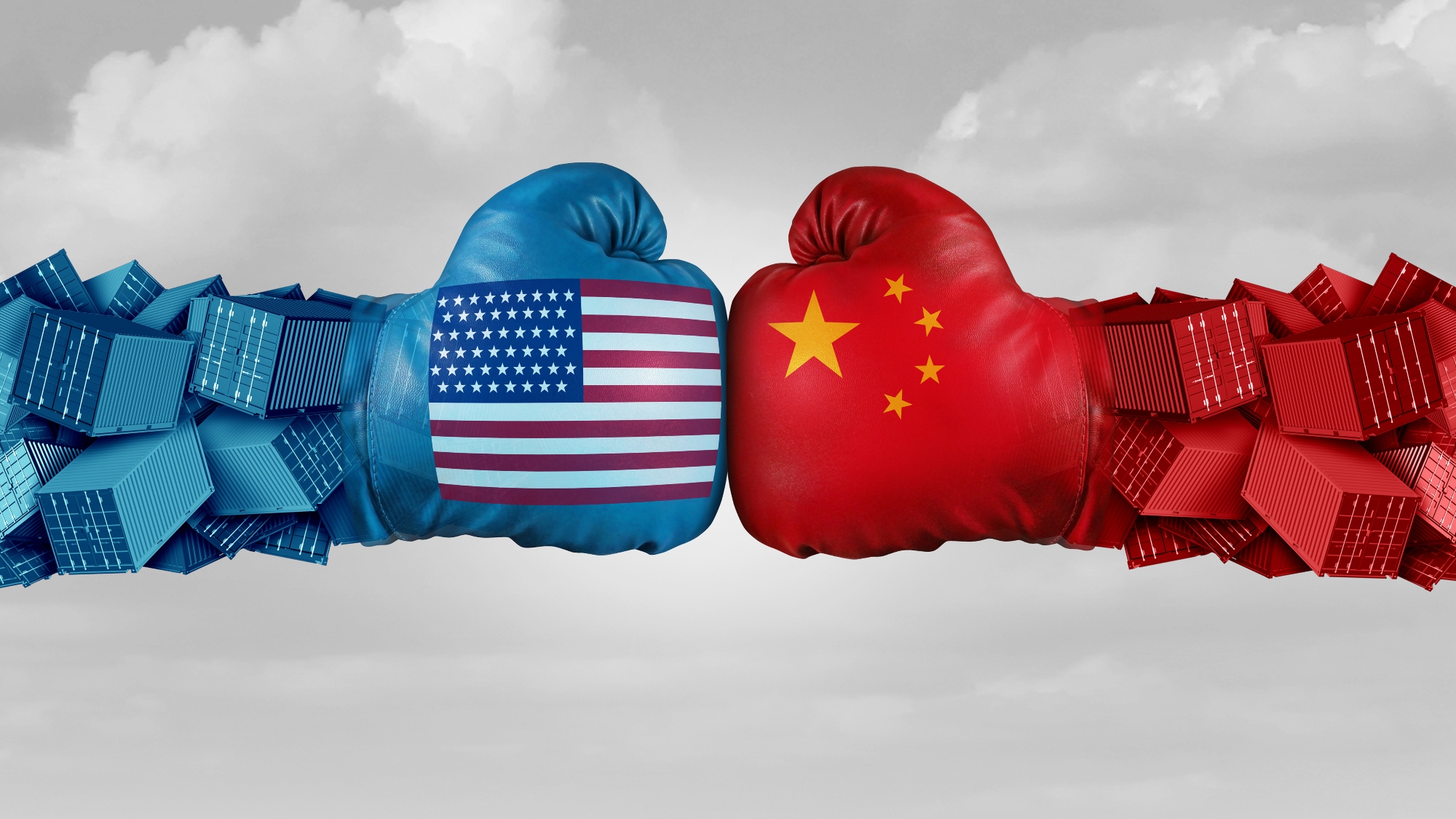Inventory
1) Those stocks or items used to support production (raw materials and work-in-process items), supporting activities (maintenance, repair, and operating supplies), and customer service (finished goods and spare parts). Demand for inventory may be dependent or independent. Inventory functions are anticipation, hedge, cycle (lot size), fluctuation (safety, buffer, or reserve), transportation (pipeline), and service parts.
2) In the theory of constraints, inventory is defined as those items purchased for resale and includes finished goods, work in process, and raw materials. Inventory is always valued at purchase price and includes no value-added costs, as opposed to the traditional cost accounting practice of adding direct labor and allocating overhead as work in process progresses through the production process.


